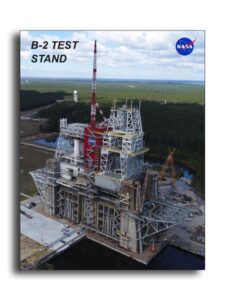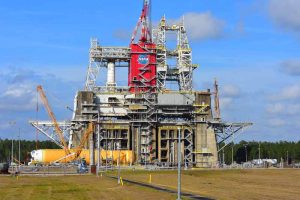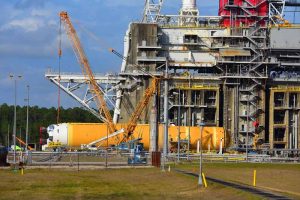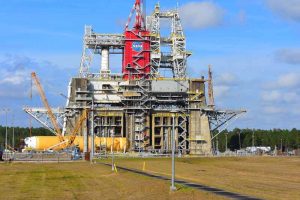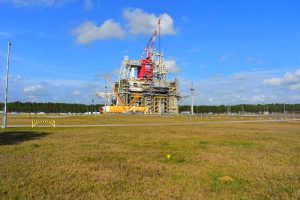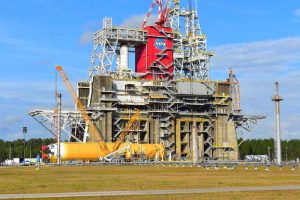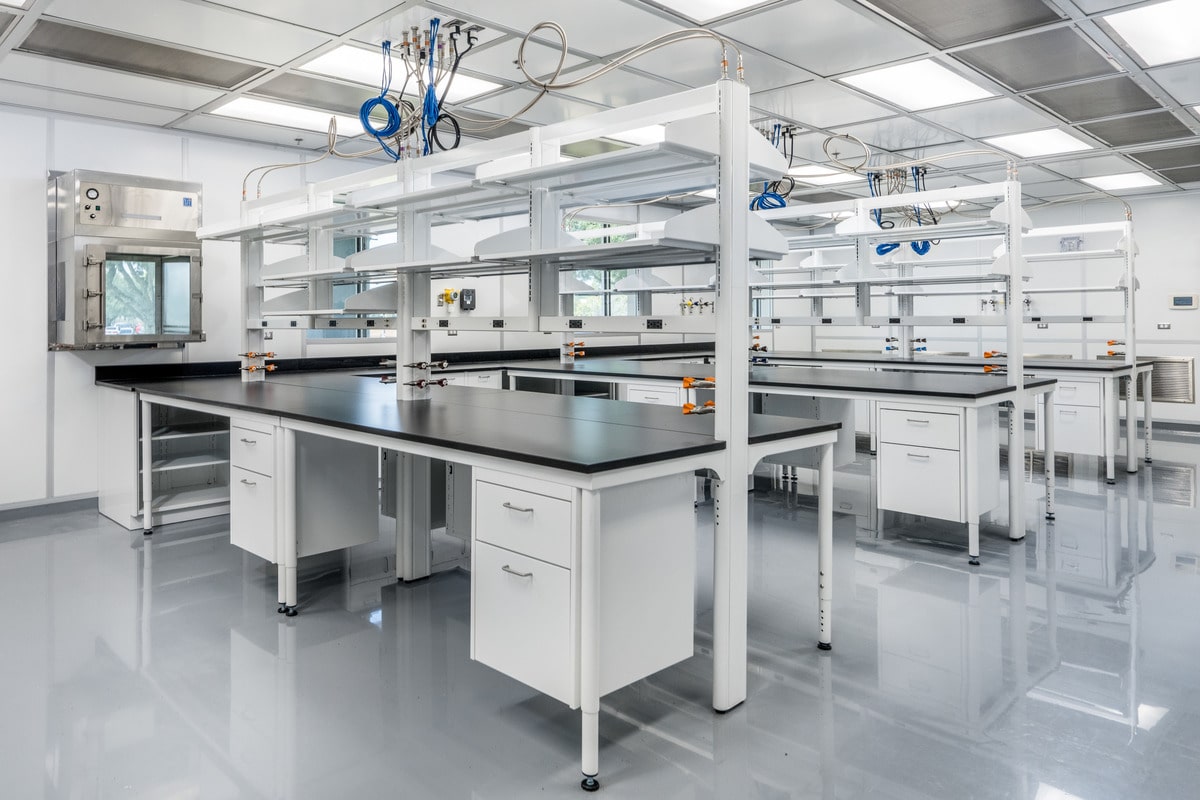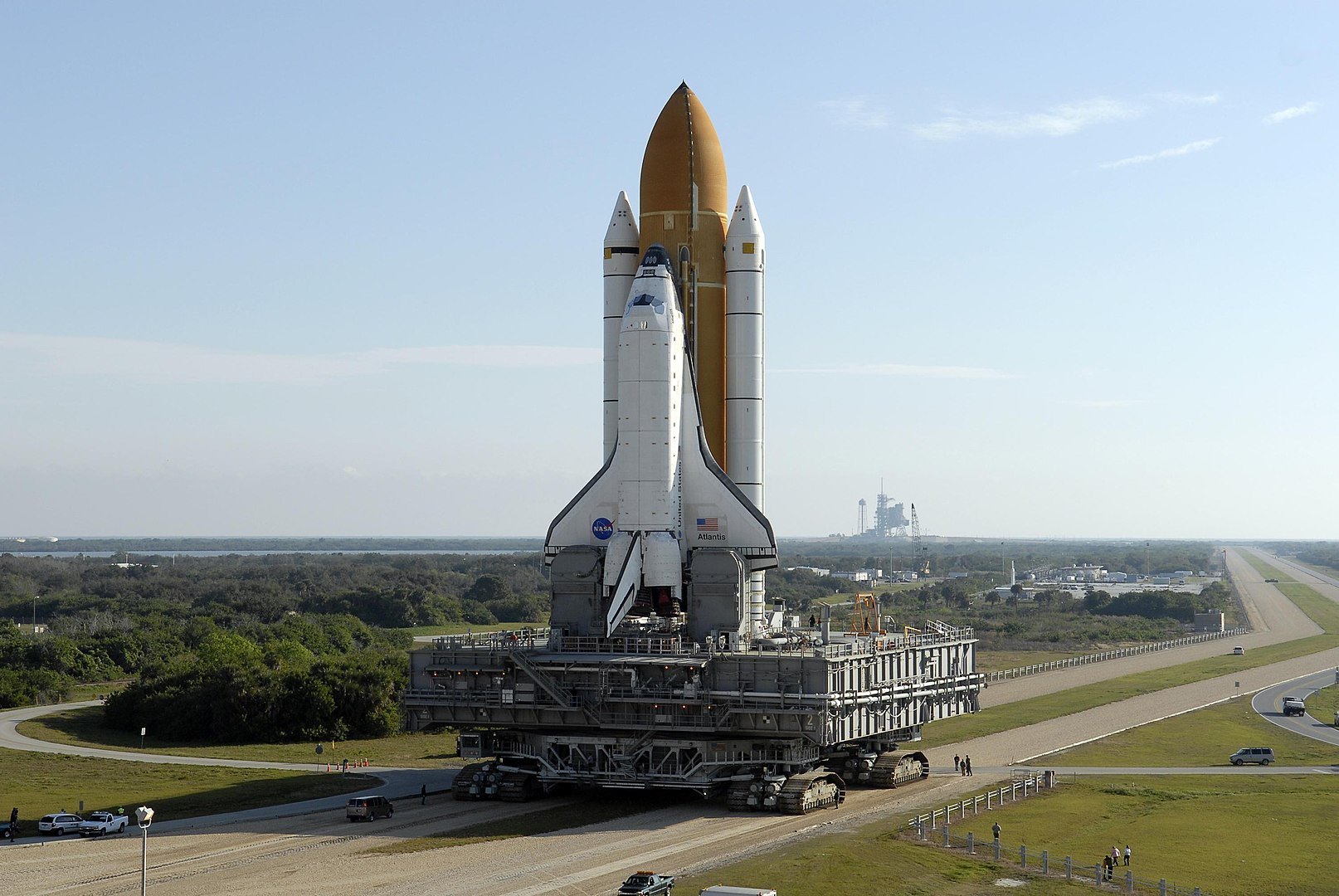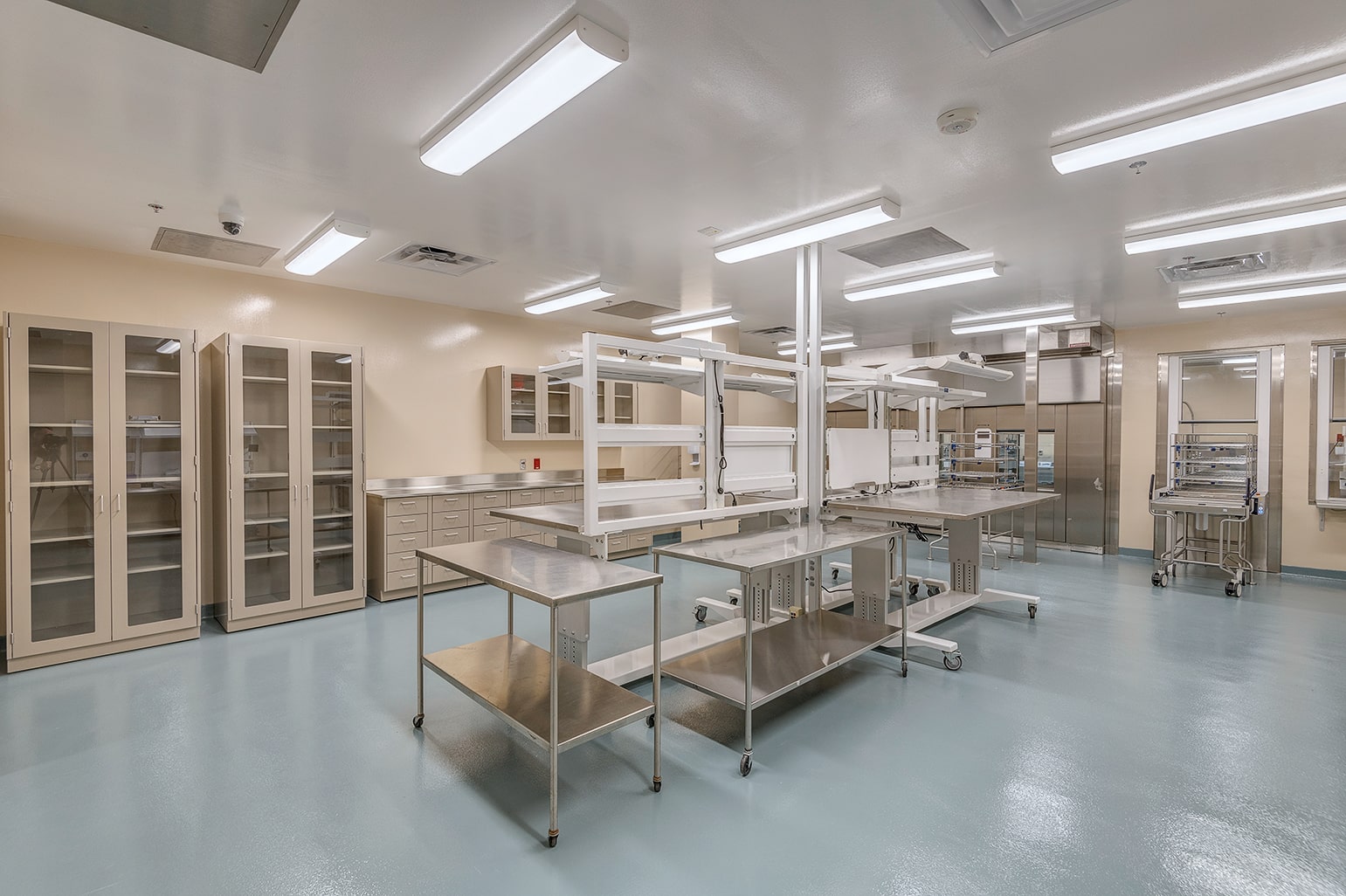Project Highlight
Refurbishment of B Test Stand and Tarmac

CLIENT: NASA
Stennis Space Center, Mississippi
The B-1/B-2 Test Stand at Stennis Space Center (SSC) is a dual-position, vertical-firing facility built in the 1960s to test Saturn V rocket stages that carried humans to the Moon during the Apollo Program. The B-1 side is equipped for single-engine tests. The B-2 side is designed to test rocket stages. Since the first testing of Saturn V rocket stages, the B Test Stand has tested S-IC flight stages, the Space Shuttle Main Propulsion Test Article, and the Delta 4 Common Booster Core. To prepare for testing the core stage of the new Space Launch System (SLS), the most powerful rocket NASA has ever built and the cornerstone of the Artemis Program, NASA required the B Test Stand to be modified. The Artemis Program is NASA’s next mission to the Moon and beyond.
In 2015, Advon was awarded a contract for the removal and replacement of approximately 22,000 sf of parking lot/tarmac for the NASA SLS Program. To reinstall the parking lot/tarmac, extensive underground sewer piping, domestic water piping, HVAC piping, and a sanitary sewer pump station had to be removed and replaced. Due to the loose and unconsolidated underlying soils, soil improvements were necessary. The soils were improved by means of jet grout columns and aggregate piers.
After the work began, it was discovered that two cast-in-place trenches that conveyed high pressure gas lines to the rocket test stand had experienced subsidence prior to our work activities, which Advon had to replace and repair. The work consisted of removing the cast-in place trench from around the active high pressure gas lines and then the reinstallation of the trench. The gas lines were active and could not be shut down due to ongoing rocket tests during the construction. Advon effectively removed the cast-in-place trenches and replaced them without interruption to the testing activities.
Prior to beginning work, the site was surveyed above ground for underground utilities via ground penetrating radar. After the survey, it became apparent there were more underground utilities than initially identified. All the additional underground utilities had a major impact to the design and layout of the aggregate piers. In order to overcome this issue, Advon physically uncovered the utilities and had a professional land surveyor take shots of the elevations and horizontal locations of each utility. Upon completion of the underground investigation, Advon plotted the locations of the utilities in CAD and provided the layout to the Aggregate Pier Contractor, so the layout of the piers could be changed to coordinate with the utility locations. By conducting this extensive underground survey and then plotting the locations of the utilities in CAD, Advon was able to avoid utility and aggregate pier conflicts without any issues and meet the design intent of the soil improvement.
In March 2021, NASA completed the final test of the core stage of the SLS rocket, firing its four RS-25 engines, known as a hot fire. This was a critical milestone of the Artemis I mission, which will send an uncrewed Orion spacecraft on a test flight around the Moon and back to Earth. Following the successful hot fire, the SLS rocket was transported to Kennedy Space Center aboard the Pegasus barge.
